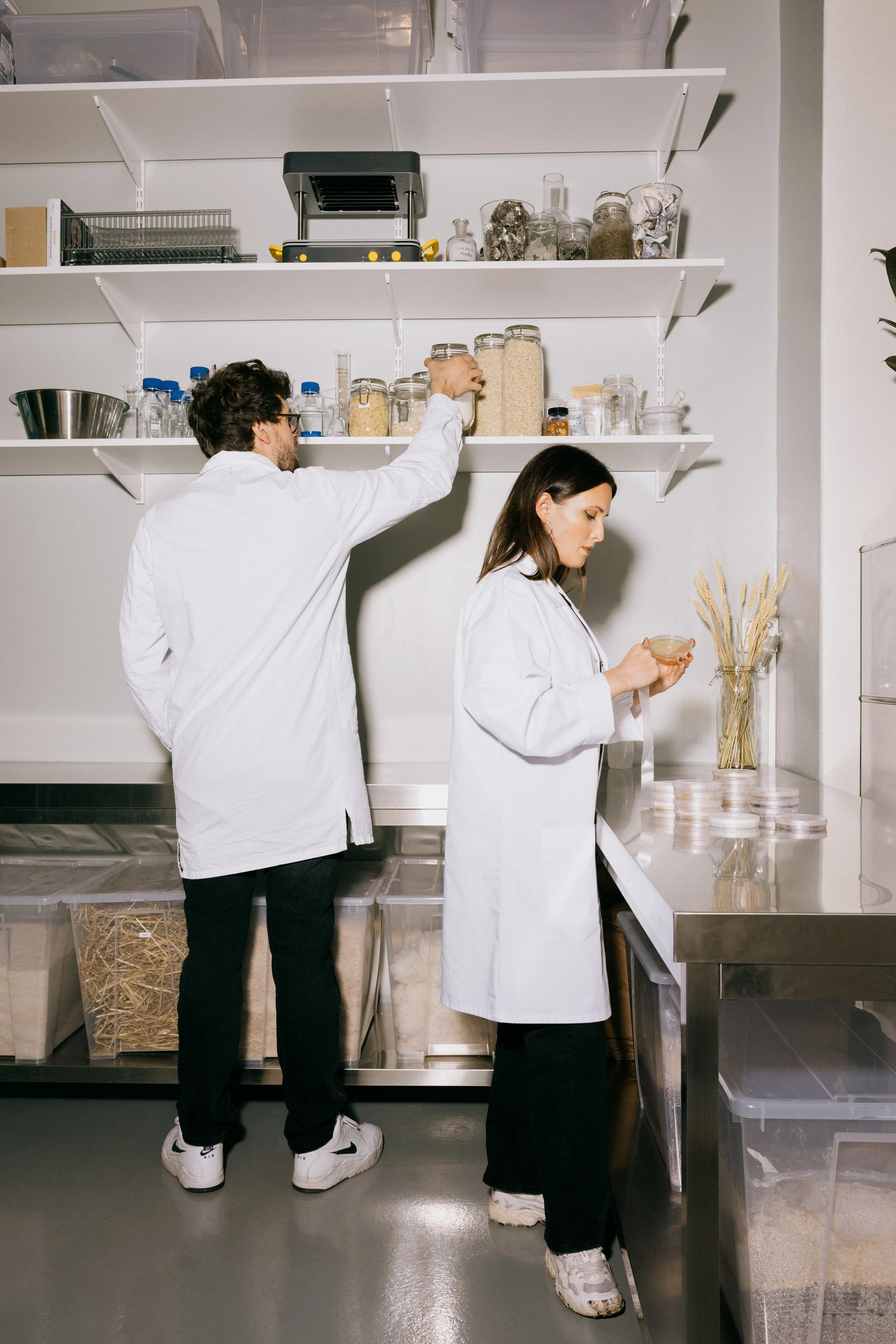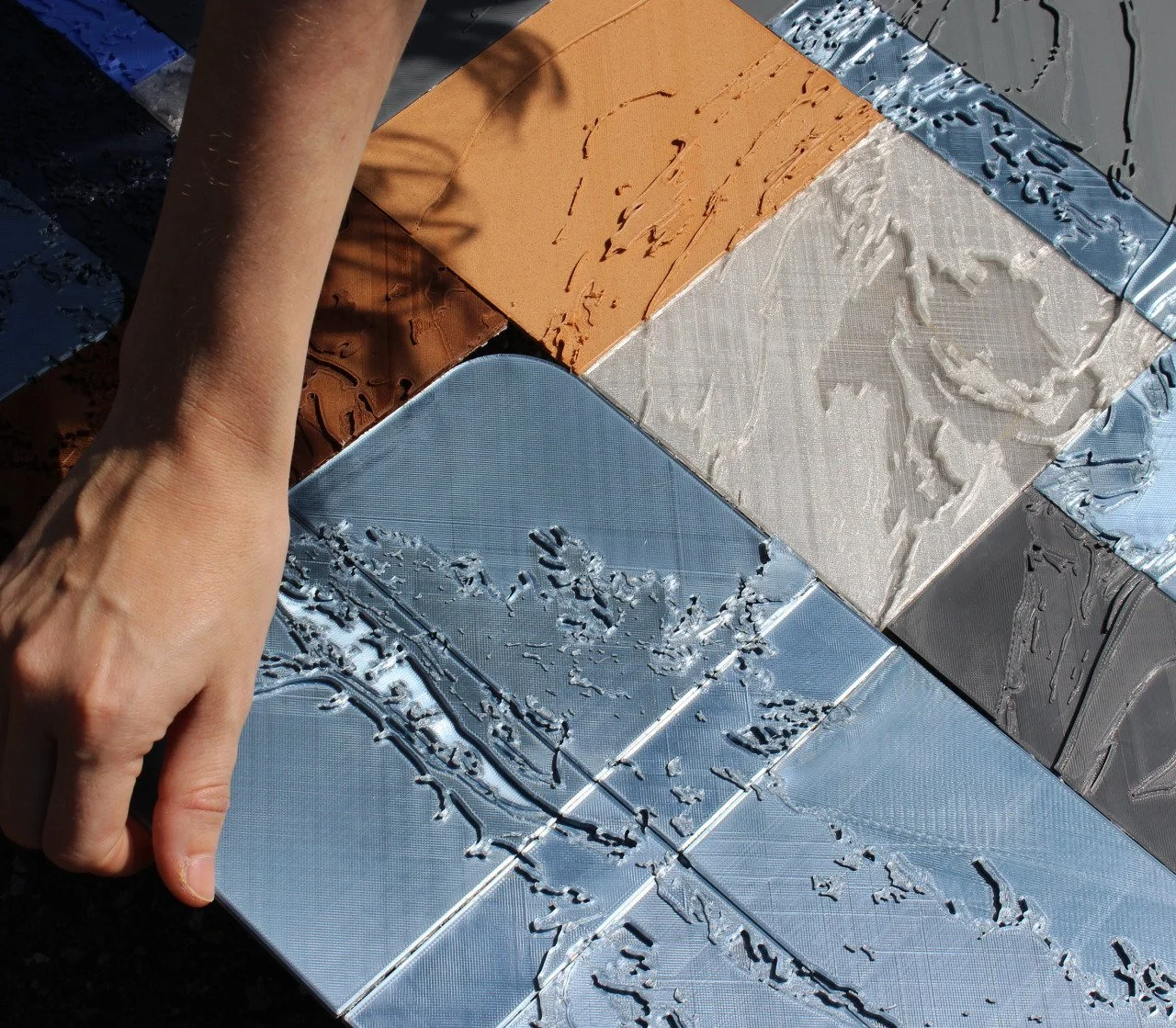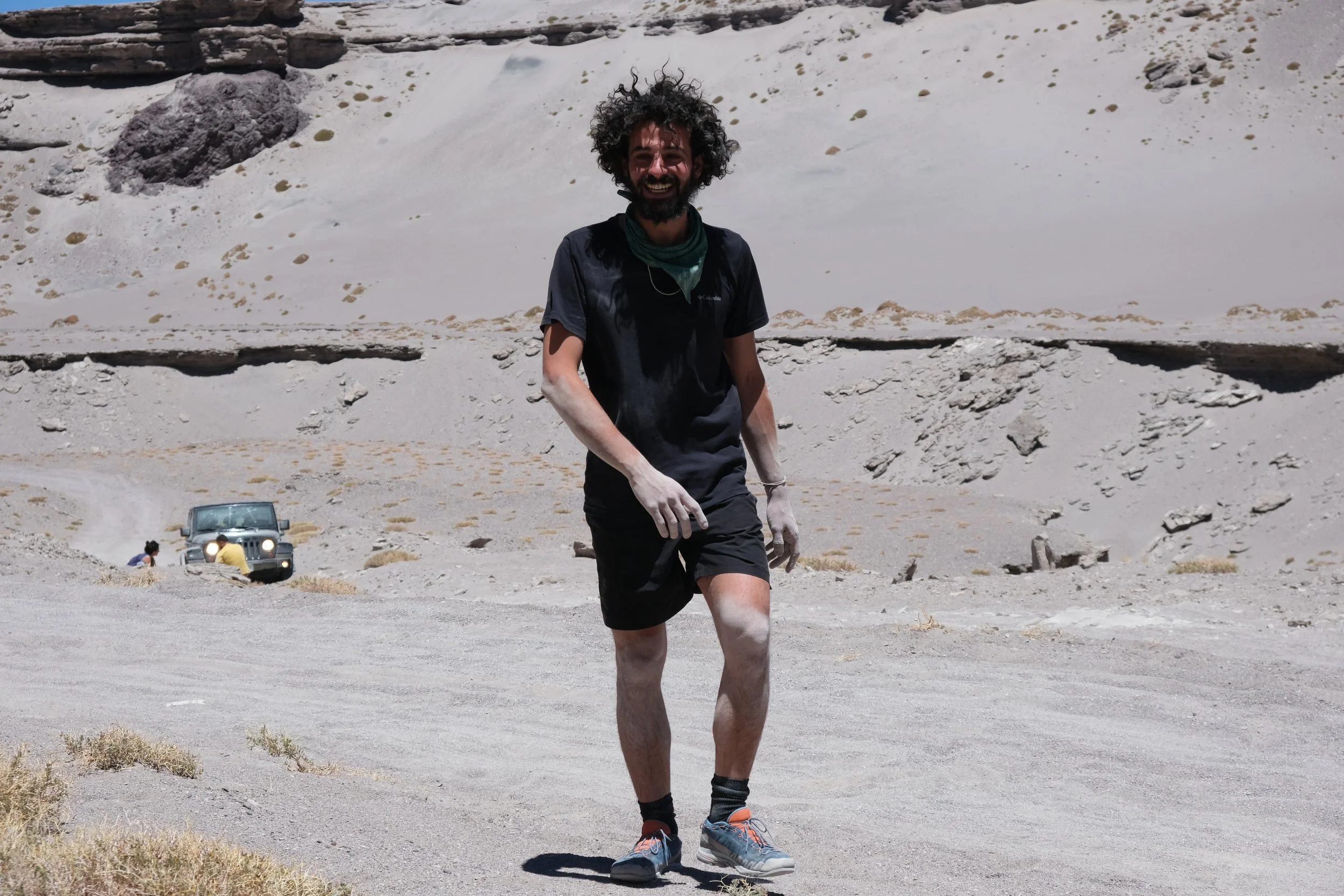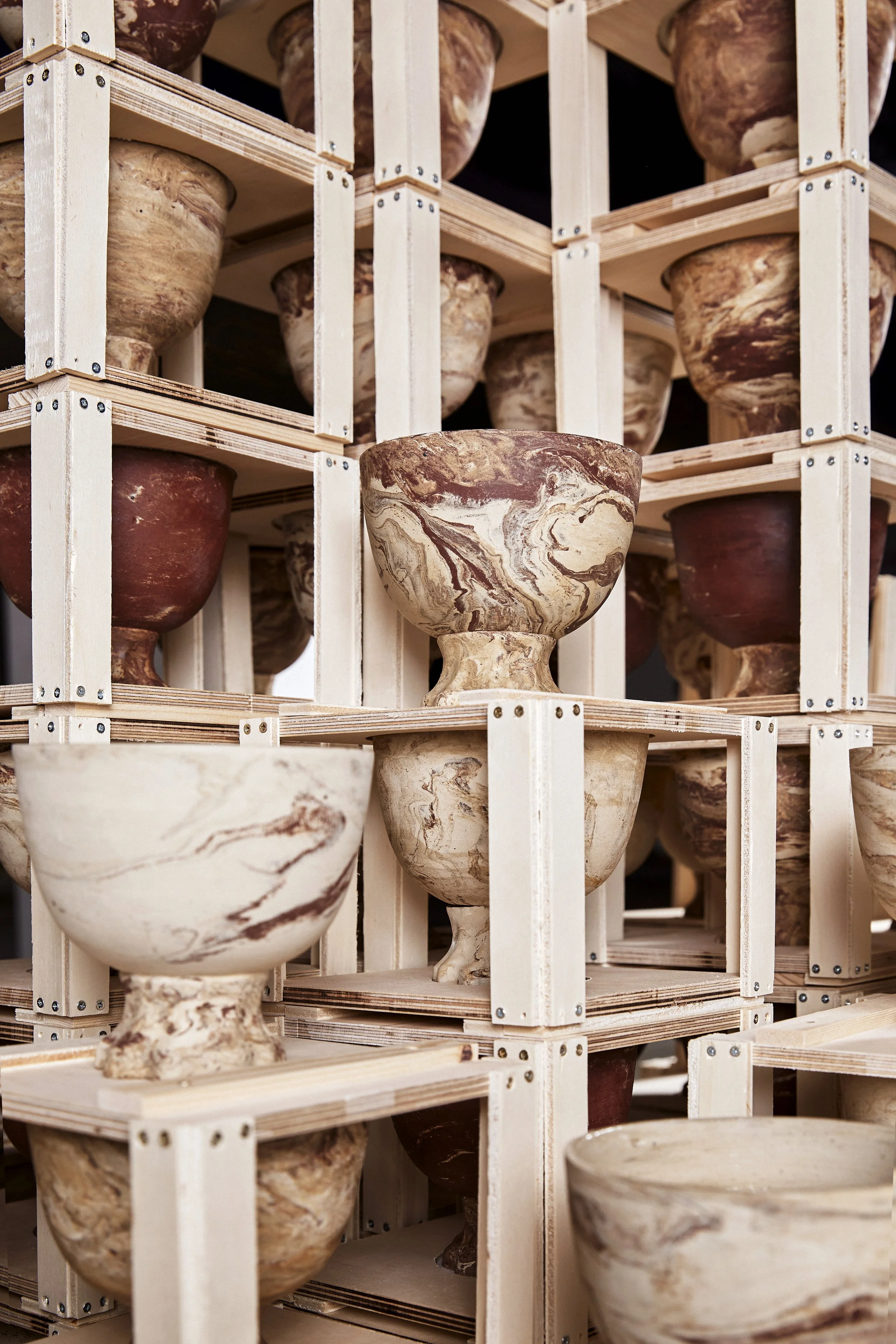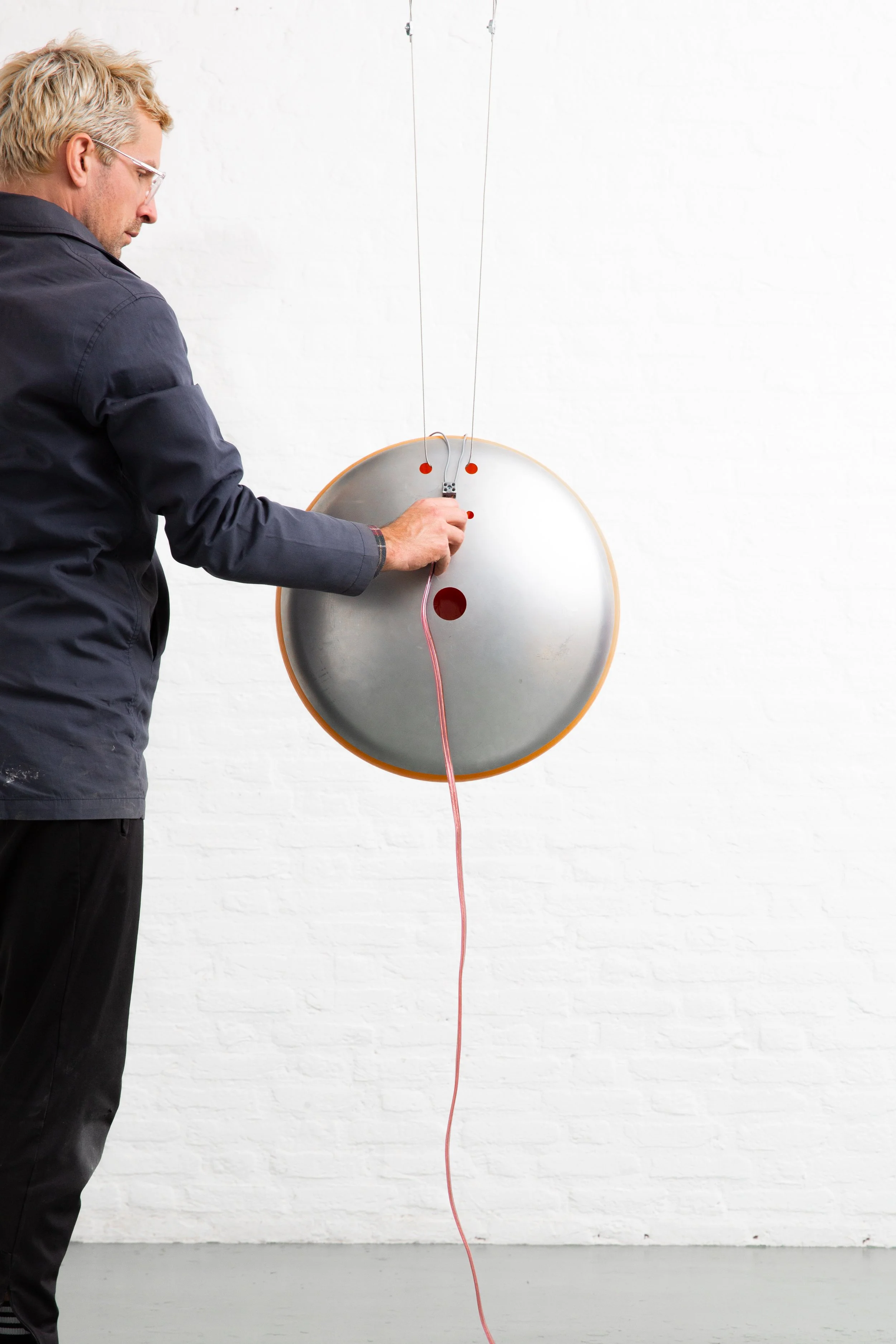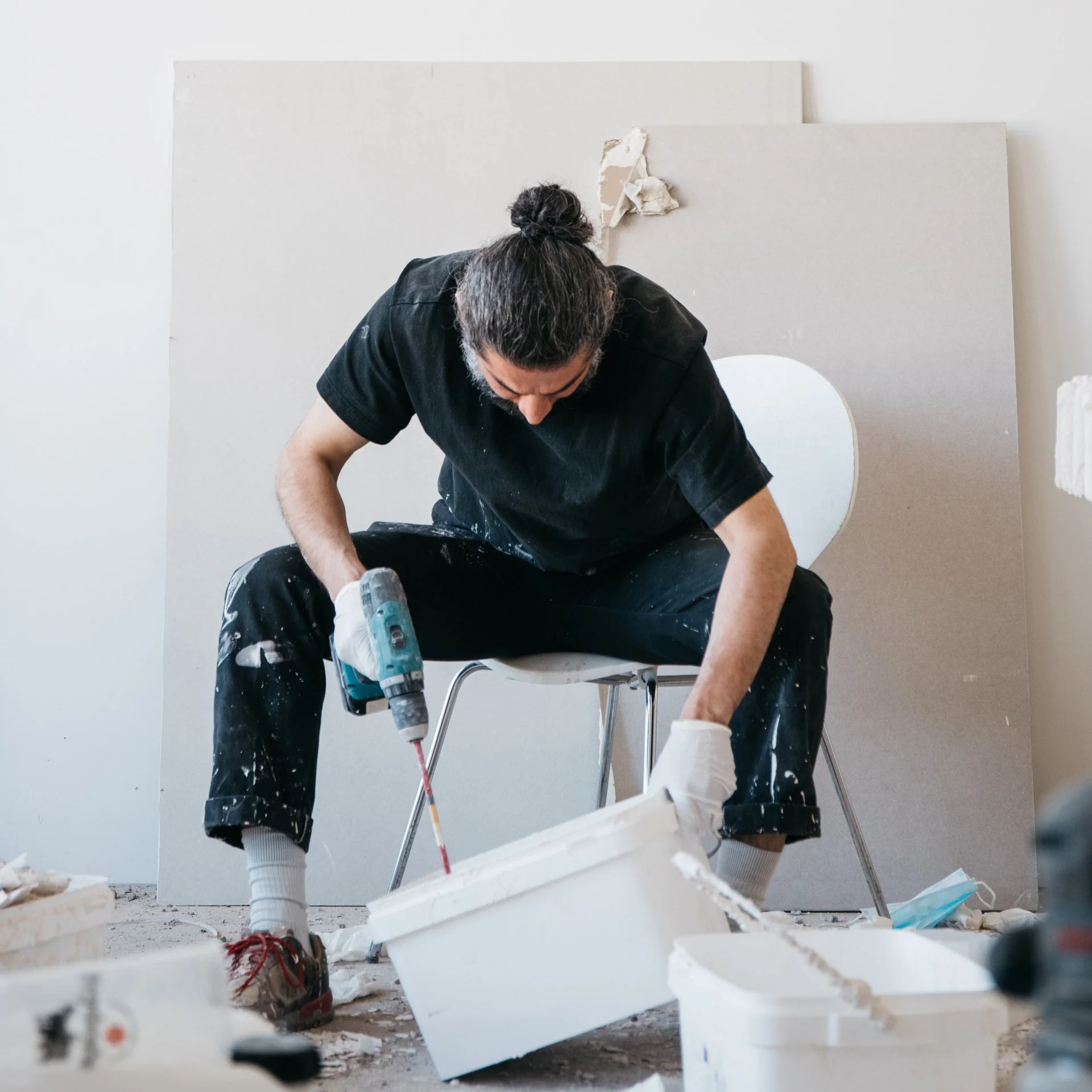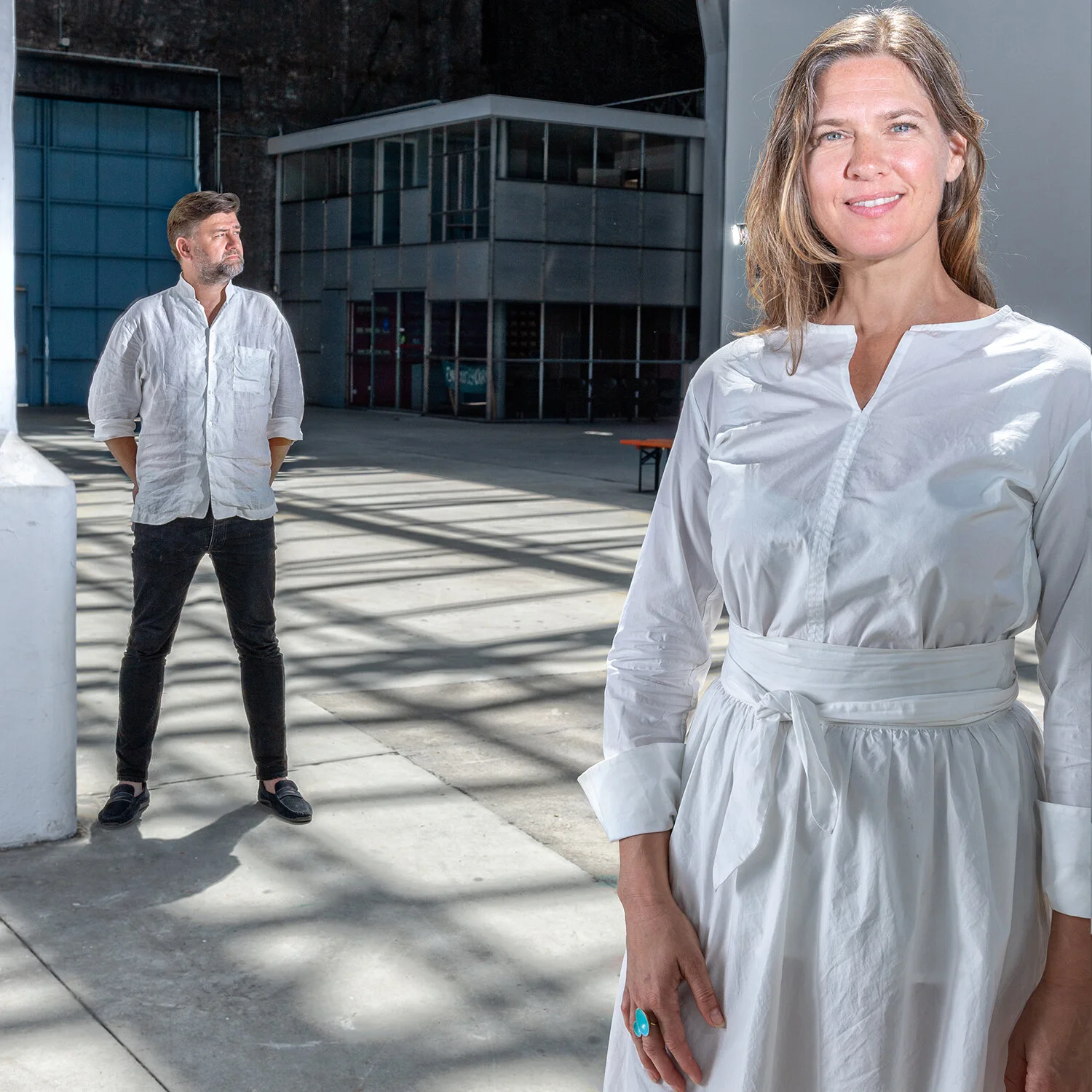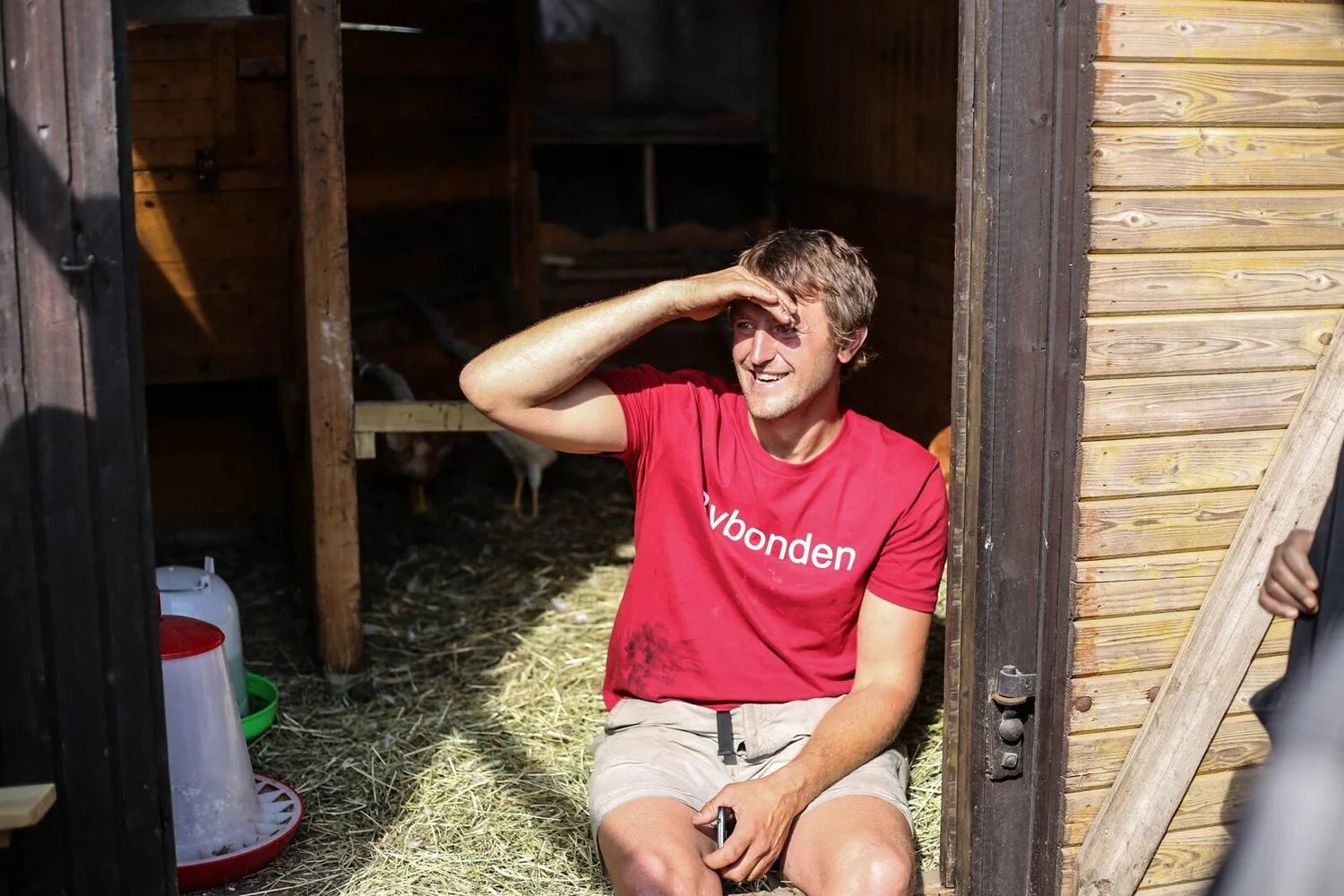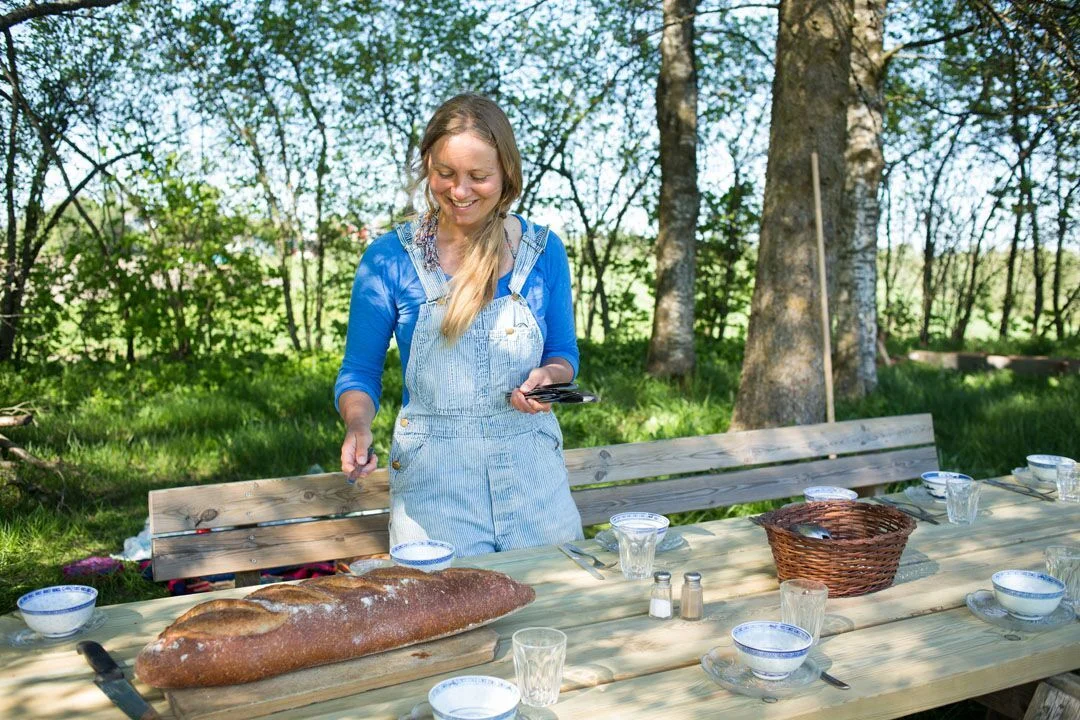Skrekkøgle on the Work of tomorrow
We have recently become wildly fascinated with the Oslo-based design studio Skrekkøgle. Run by Theo Tveterås and Lars Marcus Vedeler, Skrekkøgle is a different voice in the Norwegian design scene, exploring technology and tactility, often bordering on art. The Skrekkøgle website, which features selected projects and an inspiring web shop, is a real treasure house of quirky design ideas, eloquently formulated and always with an element of surprise.
The Elementa Blog have talked to Theo about the future of work, their own work - and the role of design in addressing real problems, be they small, big or medium sized.
# What is tomorrow's work about - and what will office spaces look like in say… 10 years?
Tomorrow's work will be about doing a few repetitive tasks that create value. Office spaces will be well lit, have coffee machines available, and have a few impersonal decorations to cheer up those working. Some will have chairs and tables that can be configured in a wide range of positions, because their bodies hurt. There will most likely be screens a lot of places. We’ll be consuming more energy probably.
# in 100 years?
In 100 years, most offices will be underwater, and the coffee machines will be lost forever. That will lead to a global caffeine-deficiency and everyone will have headaches for a week. Or something. I wouldn’t mind working underwater though, fish and stuff.
# How can you sum up Skrekkøgle’s take on design and technology?
We are interested in the intersection of design and technology mostly for aesthetic or experimental reasons, we care less about the utilitarian aspects. How design can shape technology into something that affects us emotionally or rationally is what we find to be the most fun.
# Do you have a favorite piece of furniture from design history? Is furniture still an interesting design-category?
This changes all the time, but what I want the most for my apartment right now is a 45 chair by Finn Juhl. I think furniture is interesting to look at and use, but we’re not very interested in doing traditional designs ourselves. There’s already so much good to choose from.
# What is the real existential threat of humankind of today - and is there sense in trying to address the huge problems through design - or should we keep to the small or medium sized ones?
That’s a big question! There are so many real existential threats, from things we can’t do anything about like meteors and volcano eruptions, to human-made problems like big ag monoculture crops, antibiotic immunity, global warming and lots lots more.
Addressing the problems we can do something with, and doing so through design, makes little sense if you see designers as brave, lone inventors. The big problems can only be solved by policy and law, not by products.
But if you see designers as communicators and parts of a bigger picture I think their role makes more sense. They are (or should be at least) good at making things easier to digest, whether it be information or objects.
So I guess, as long as designers are willing to admit to themselves that they are small cogs in a large system, they shouldn’t feel restrained by the size of the problems they want to address.
# Is there a room for Divine Inspiration or something similar in your approach to work?
Not really, our ideas usually come from talking about themes we find interesting.
# Please give away a couple of real gems of inspiration - films, places, people, games, mind states or whatever:
It really depends on the mood we’re in, sometimes people like Pendleton Ward can be a source of inspiration, other times Charlie Brooker, or David O’reilly’s movies, or Friends With You’s stuff, or Erlend Loe’s writing, or Warren Ellis, or Jason’s comics, or websites like It’s Nice That, or Wikipedia, or Teenage Engineering, or Alexandra Daisy Ginsberg.
Be sure to follow Skrekkøgle on Twitter, buy their stuff at the Skrekksto.re, and be sure to hire them if you need to develop a new website or a mind-expanding gadget.
Here are some of our favorite Skrekkøgle projects:
Post Post
Limited edition artworks generatively sculpted by reckless mailmen. nspired by the frivolous handling of packages sent through the postal system, these are aluminium canvases to be sculpted by the mail service. Learn more at the Skreksto.re
Emulsion
Prototypes for Emulsion - an analog activity tracker. The bracelet's chamber contains two immiscible liquids. When shaken the colored liquid splits into smaller droplets. When lying still, the liquid merges again. Read more at Skrekkøgle
Sitting still... BAAAAD
Doing stuff... GOOOOD
Human Organs
Heart, Brain and Kidneys from Skrekkøgle's hand-painted poster series of 14 geometrically stylized depictions of human anatomy (unfortunately sold out)
Durr
DURR is a shivering bracelet investigating our perception of 5 minutes - and perhaps Skrekkøgle's most famous project. Having made and sold more than 700 pieces after hitting an internet nerve, the product is now sold out - and will not be offered again - ever. Read more about Durr here.
Elementa Conversations:




